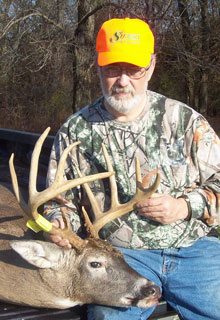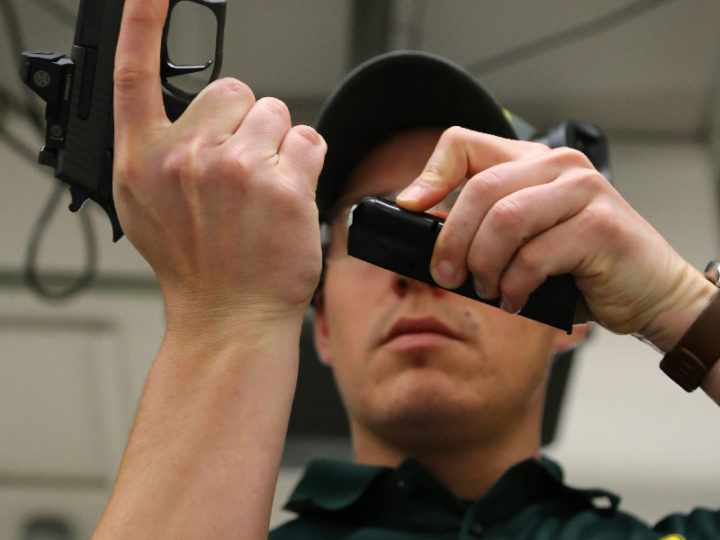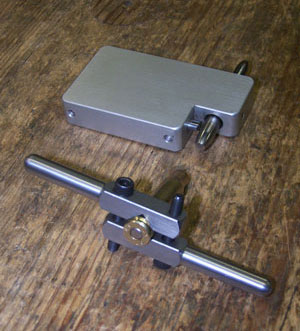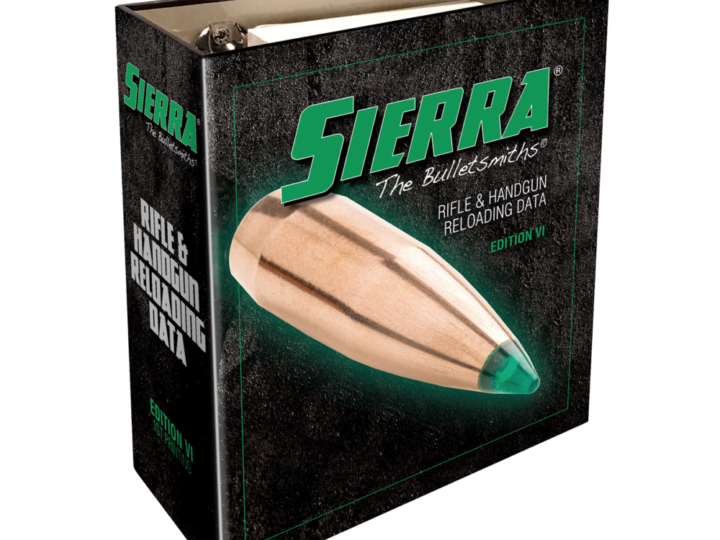Reticle Subtension
By Philip Mahin
Hello again and thank you for checking in on our blog post. Today we will talk about the reticle subtension in scopes. There can be a lot of difference in them, especially from brand to brand, but they can be easily measured if the information you need can’t be found in the brands catalog.
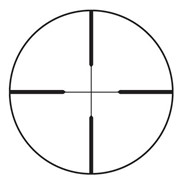
First, what is reticle subtension? A reticle is the aiming point within a field of view through a scope. Subtend is to determine the measure of by marking off the end points of. In other words, this is the measurement of how much material is covered by the reticle at a specific distance. Typically, this is measured at 100 yards or if you are into metrics, 100 meters. The first scope catalog I ever got way back when was from Leupold, and actual measurements were given for the scopes they offered at that time. My inquisitive nature wanted to test their measurements, just to see if I could match what they told me and sure enough, they did. Because of this, a simple Duplex reticle could now be used as a measuring device for range. My Redfield Revolution 4-12×40 uses what they called a 4-Plex reticle. The thin lines are 0.6” and 0.2”, the heavy posts are 3.48” and 1.16”, and the distance between the heavy posts are 36.72” and 12.24” at 4x and 12x power respectively according to Leupold. Traditionally, scopes are of the second focal plane, meaning the reticle size stays the same when the magnification is increased, but the object in view gets bigger. That’s why there are two sets of numbers with mine. Because the crosshair covers less of the target at high power, smaller targets can be found in view. This changed with first focal plane scopes. With them, the reticle changes with magnification so it should cover the same area regardless of the setting.
Even though the Redfield brand is no more, I do like the scope. It works well on my Ruger Hawkeye chambered in 257 Roberts as an all-around hunting and fun gun. The glass is clear and so far, nothing has shifted, even after bouncing around in the trunk for a few thousand miles. The system is a real tack driver with our #1615 90gr HPBT GameKing but now I’ve got it set up to shoot our new #4210 110gr Tipped GameKing (GameChanger). It has been giving accuracy at 2,900fps or so from my combination and I’ve set it up to hit 2” high at 100 yards. That zeros it at 220 yards and puts it two inches low at 255 yards, but it can go a lot farther if I need it to. What kind of distance is it and how much hold over do I need if I bracket a whitetail from belly to backbone within the heavy post to center of crosshair at 4x power? I can reasonably guess the area on the deer is around 18” and half of a crosshair is 18.36” so with this information, he’ll be around 98 yards and I’ll easily hit in the vitals if I hold to the lower half of a center point on broadside. If I had the scope set on 12x power and it fit into the same area, he would be around 294 yards and the bullet will drop around 6” from zero at that distance. I’ll need to hold the horizontal hair just above a center point to make the bullet impact into the heart / lung area. If I stick to the 2,000fps minimum impact rule of thumb, that gives me an effective range of just under 500 yards to work within.
Eventually, I’ll be able to connect one of these 110gr TGK’s with a whitetail, but until then, I’ll be working it at distant steel targets. Testing my hold overs and my wind calls will be a top priority. To be honest, this bullet will just make it past 1,000 yards and still be supersonic in my environment here, but I don’t think the scope with me behind it is up to that task. Regardless, I’m going to have fun getting there. Till next time, have fun shooting and be safe.

